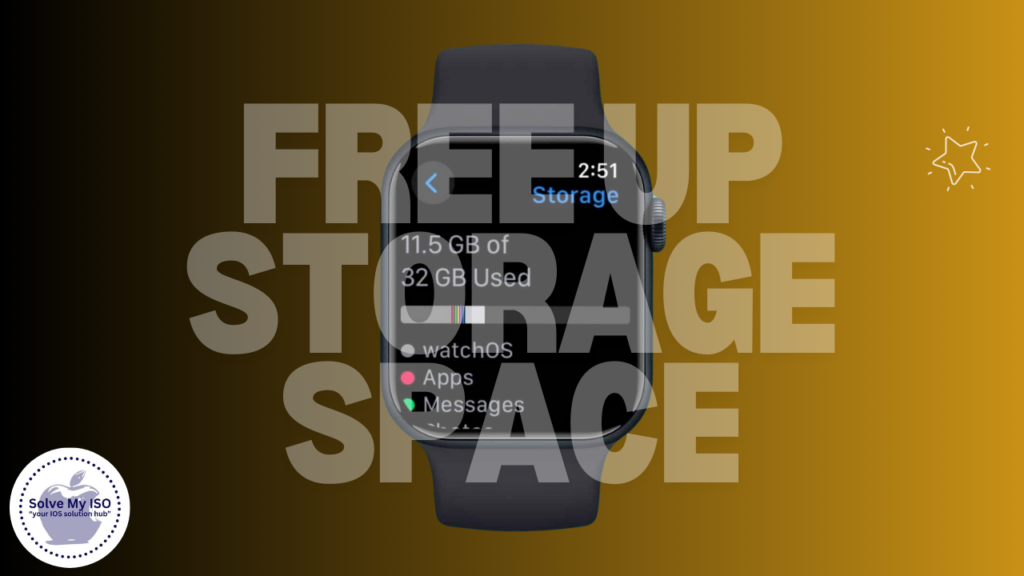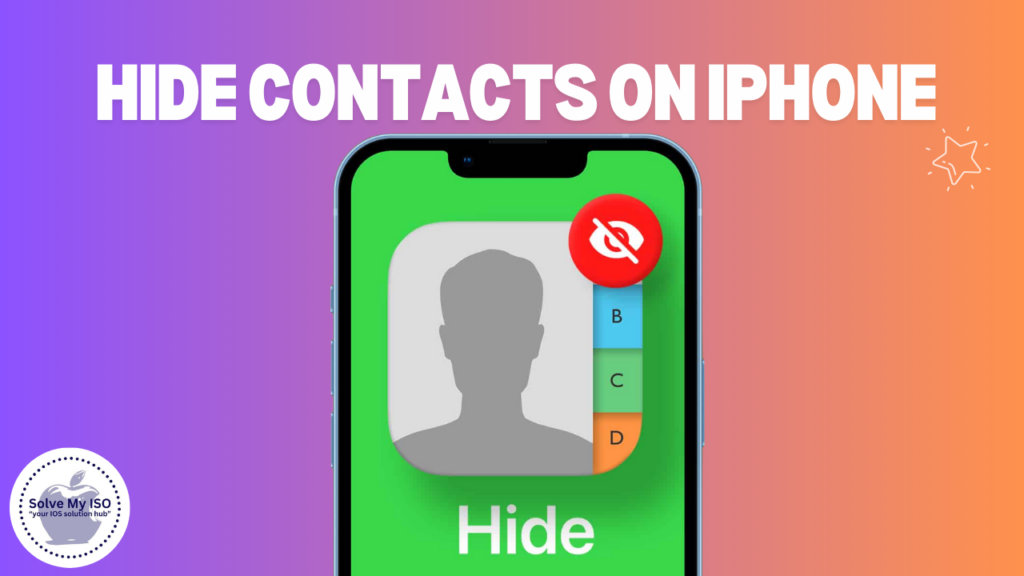
Before you start freeing up storage space on your Apple Watch, it’s important to first check how much storage your device has and what’s currently being used. Different Apple Watch models offer varying amounts of storage, so knowing your model’s capacity helps you set realistic expectations. Understanding this is the first step toward free up storage space on your Apple Watch.
Storage Capacity by Model
Apple Watch models come with varying storage capacities:
- Apple Watch Ultra, Series 8, 7, 6, 5, and SE: 32GB
- Series 4 and Series 3 GPS + Cellular: 16GB
- Series 3 GPS: 8GB
Knowing your model’s capacity helps set realistic expectations for storage management.
Checking Your Current Storage Usage
To view your storage usage:
- On your Apple Watch, go to Settings > General > Storage.
- You’ll see a breakdown of storage usage by app and content type.
Alternatively, on your paired iPhone:
- Open the Watch app.
- Go to General > About.
- Scroll down to see available storage and usage details.
Understanding what’s consuming your storage is the first step in effective management.
Quick Ways to Free Up Space
If you’re in a hurry to clear some space, try these quick methods:
1. Remove Unused Apps
Deleting unused apps is one of the most effective ways to free up space quickly.
To remove an app from your Apple Watch:
- Press the Digital Crown to see your apps.
- If in Grid View, lightly press and hold the app icon until it jiggles. Tap the ‘x’ to delete.
- If in List View, swipe left on the app and tap the trash icon.
Remember, deleting an app from your watch doesn’t remove it from your iPhone.
2. Clear App Caches
Some apps accumulate cache data over time. While there’s no built-in way to clear all app caches at once, you can:
- Open problematic apps and look for a ‘Clear Cache’ option in their settings.
- For apps without this option, try uninstalling and reinstalling them.
3. Restart Your Apple Watch
A simple restart can sometimes free up a small amount of space by clearing temporary files:
- Press and hold the side button until you see the Power Off slider.
- Drag the slider to turn off your watch.
- After it turns off, press and hold the side button again until you see the Apple logo.
Managing Apps for Optimal Storage
For a more thorough approach to app management:
1. Identify Storage-Hungry Apps
In the Storage section of your watch or the Watch app on iPhone, you can see which apps are using the most space. Focus on these for the biggest impact.
2. Offload App Data
For apps that sync data with your iPhone:
- Open the Watch app on your iPhone.
- Go to the app’s settings.
- Toggle off any data you don’t need on your watch (e.g., turn off ‘Recent Songs’ for the Music app).
3. Use Complications Wisely
Complications (the small widgets on your watch face) can use storage. Limit them to essential ones to save space.
Optimizing Media Content
Media files often consume significant storage. Here’s how to manage them:
1. Photos
Limit the number of photos synced to your watch:
- In the Watch app on iPhone, go to Photos > Synced Album.
- Choose a specific album instead of syncing your entire library.
- Adjust the Photos Limit to a lower number.
2. Music
Manage your music storage:
- In the Watch app, go to Music.
- Toggle on ‘Recent Music’ to only sync recently played tracks.
- Manually remove playlists or albums you don’t need on your watch.
3. Podcasts and Audiobooks
For podcast lovers:
- In the Watch app, go to Podcasts.
- Choose ‘1 Episode’ or ‘3 Episodes’ instead of ‘All Unplayed’ to limit synced content.
For audiobooks, remove finished books from your watch through the Audiobooks app settings in the Watch app.
Advanced Storage Management Techniques
For power users looking to maximize their storage efficiency:
1. Use iCloud Offloading
Leverage iCloud to store data that doesn’t need to be on your watch:
- Ensure your iCloud settings are optimized on your iPhone.
- For apps that support it, enable iCloud syncing to keep data in the cloud instead of on your watch.
2. Customize App-Specific Storage Settings
Many apps have their own storage settings:
- In the Watch app on iPhone, go through each app’s settings.
- Look for options like ‘Storage Limit’ or ‘Offline Content’ and adjust according to your needs.
3. Analyze with Third-Party Apps
While Apple doesn’t provide detailed storage analysis tools, some third-party apps can offer insights:
- Research and download a reputable storage analysis app for your iPhone.
- Use it to get a more granular view of your watch’s storage usage.
Note: Be cautious with third-party apps and ensure they’re from trusted developers.
Preventing Future Storage Issues
To avoid running into storage problems in the future:
- Regular Audits: Set a monthly reminder to check your storage usage and clean up unnecessary content.
- Be Selective with Apps: Before installing a new app, consider if you really need it on your watch.
- Update watchOS: Keep your watch updated to the latest version, as updates often include storage optimizations.
- Use Streaming Services: For music and podcasts, consider using streaming options instead of downloading content when possible.
Troubleshooting Common Storage Problems
“Other” Storage Taking Up Space
The “Other” category in storage can be confusing. It often includes system files and caches. To address this:
- Unpair and re-pair your watch as a last resort. This can clear out unnecessary system data.
- Ensure your watch is updated to the latest watchOS version.
Unable to Update watchOS Due to Low Storage
If you can’t update your watchOS due to storage issues:
- Try removing large apps or media content.
- If that doesn’t work, you may need to unpair your watch, set it up as new, update it, then restore from a backup.
Additional Resources
For more detailed information and troubleshooting tips, consider these resources:
- Official Apple Support Page for Apple Watch Storage (Click Here)
- Solvemyios – For additional iOS and watchOS troubleshooting guides
- Apple Support Communities – For user discussions and shared experiences
Remember, effective storage management is an ongoing process. By regularly implementing these strategies and staying aware of your usage patterns, you can ensure your Apple Watch always has the space it needs to function optimally. Whether you’re a casual user or a power user, these techniques will help you make the most of your device’s storage capacity.


